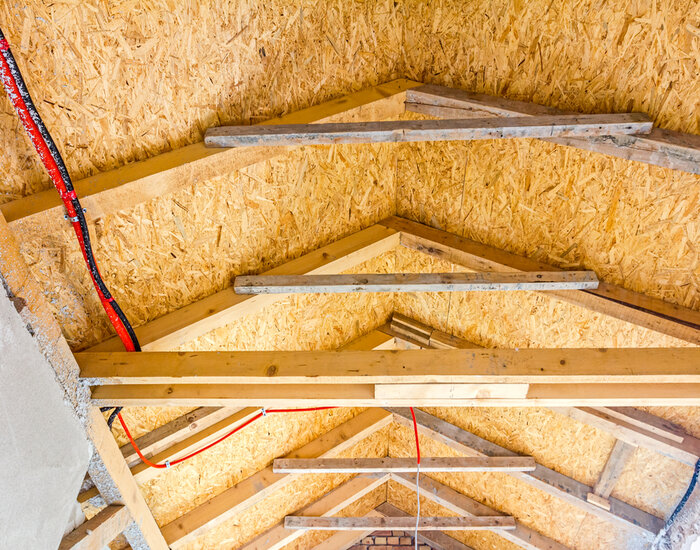
Ready to start saving up to 50% of your home's power bill? It could be as easy as outfitting your attic with insulation.
To get started, you need to look at the attic insulation cost and how it compares to your potential savings. Those in warm climates will save when keeping their home cool while those in colder climates will save when keeping their home warm.
Insulation stops the flow of heat and air through your attic. Ready to learn more about how you can save by investing in insulation today? Then keep reading!
Before you decide whether or not you need insulation, get an audit. This will give you a good idea as to where your home stands when it comes to energy efficiency.
Even before your audit, if you see these signs then you most likely need insulation in your attic. The first of these signs would be ice dams.
Ice dams happen to homes that are in colder climates. You'll see ice building up on your home's eaves in winter. This ice will damage your shingles and roof.
These ice dams happen because you are heating your home and that hot air escapes through the roof. The hot air melts the snow, and the melted snow runs down the roof. This water then refreezes into those ice dams.
You have the air or heat running, yet you notice the temperature changing as you walk from room to room, this is a sign that your attic is not properly insulated.
You are spending too much money trying to evenly heat or cool your home. If you insulated your attic, then your whole system will get a break.
If there are drafts in your home, that's likely cold air from your attic. You need insulation to stop this movement of air.
Talk to your neighbors and ask them what their average energy bill is. If you find that yours is significantly higher, you may have an insulation problem.
When buying insulation, you'll see that it is rated with an R-value. This is the material's ability to prevent the flow of heat.
The higher the rating, the better the material is at preventing the flow of heat. Don't fall into the trap of thinking a double layer of insulation means double the R-value.
It doesn't work this way. The insulation needs to be a single layer for it to effectively work as intended.
You need to use the climate zone map to know what R-value level you should aim for when you buy insulation. For example, if you're in the warm climate of zone 1 then you can use insulated rated as low as R30 for your attic.
While if you are in a cold climate in zone 7, for example, then you'll want insulation rated as high as R60 for your attic.
There are three main types of insulation for you to choose from that will be effective in insulating your attic.
This is the insulation that people typically think of when they talk about insulation. It consists of large rolls of fibers that are held together with a paper backing.
These are best used when your attic is large. It doesn't work so well in tight spaces. If your joists and studs are a standard distance apart, then you'll be able to unroll these into the spaces with no problems
Insulation batts come in four main types of materials: fiberglass, cellulose, mineral wool, and cotton. You'll find that the R-values range from 2.9 to 4.3 per inch.
This type of insulation either comes in large bags of loose fill to be spread around or a professional installer "blows" it in by a machine. This is perfect for filling small or unusual spaces.
You'll find it in the same variety of materials of batts including fiberglass, cellulose, and mineral wool fiber. This should be your first choice if your attic is older and already has insulation or is an awkward space.
The R-value varies depending on which type of material you choose. It will generally range from 2.2 to 3.8 per inch.
There are two types of spray foam to choose from: open and closed cell. The open type is the cheaper option but doesn't provide a barrier to vapor. The closed cell option is more expensive and denser.
The great thing about spray foam is that when your installer sprays it, it sticks to whatever surface it is aimed at. This is a perfect solution for the ceiling of the attic.
This type of insulation has the highest R-value ranging from 5 to 6 per inch. This is an important consideration if you live in a more extreme climate.
The cost of your insulation installation entirely depends on the size of your attic, the amount of material needed, and the type of insulation you choose. As a general guideline, pricing can range from $1.50 to $3.50 per square foot.
If you decide to have a professional install the insulation, you'll also need to factor in the cost for their services.
If you are looking to save money on your energy costs you need to give your attic a check. If you see that you either have no insulation or it's old, then it's time give your attic an insulation update.
Don't let yourself be deterred thinking that attic insulation cost is too high. Investing in the insulation now will translate to a more comfortable home and big savings on your bill.
Contact us today to get a quote for insulation removal and replacement in your attic today.